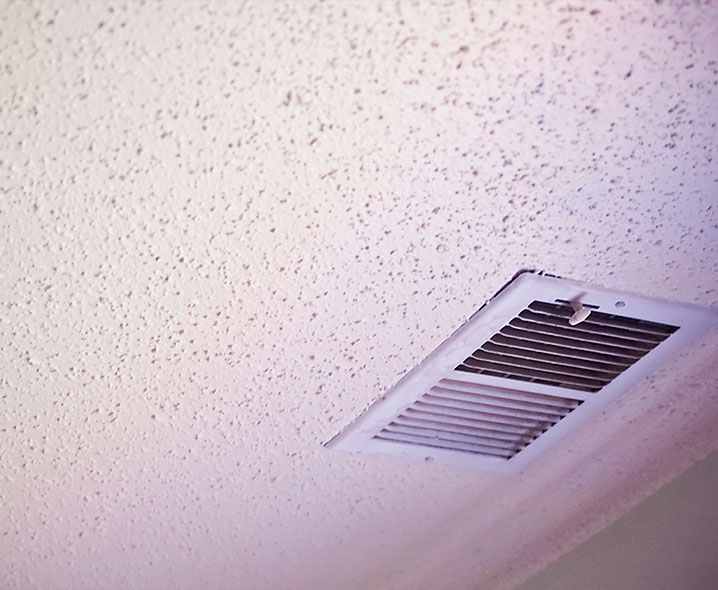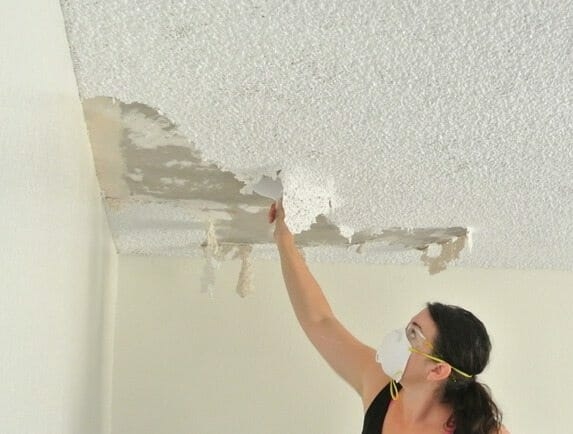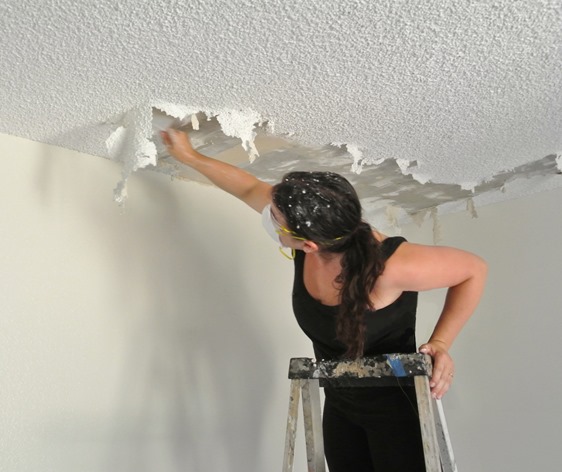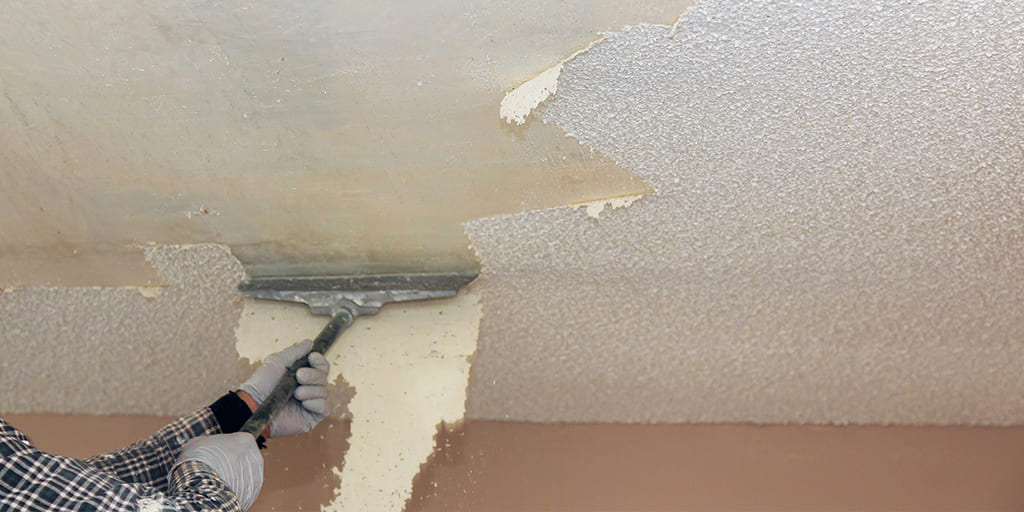Popcorn ceilings were a popular home improvement trend in the United States from the 1950s to the 1980s. They are made by spraying a material onto a ceiling that creates a textured, bumpy surface. Popcorn ceilings can be a good way to hide imperfections in a ceiling, but they can also be a health hazard if they contain asbestos.

What is Asbestos?
Asbestos is a naturally occurring mineral that is made up of fibers. It has found application in various building materials, including popcorn ceilings, due to its strength and fire resistance properties. However, asbestos is a known carcinogen and can cause a variety of health problems, including lung cancer, mesothelioma, and asbestosis.
Do All Popcorn Ceilings Contain Asbestos?
The short answer is no, not all popcorn ceilings contain asbestos. However, it is estimated that about 50% of popcorn ceilings installed before 1980 contain asbestos. This is because the Environmental Protection Agency (EPA) banned the use of asbestos in popcorn ceiling material in 1978, making it a common ingredient until that time.
How to Tell if Your Popcorn Ceiling Contains Asbestos
If you are concerned that your popcorn ceiling may contain asbestos, there are a few things you can do to check. First, you can look for the following signs:
- The ceiling was installed before 1980.
- The ceiling has a crumbly or powdery texture.
- The ceiling has a gray or brown color.
If you see any of these signs, it is best to have your ceiling tested for asbestos by a qualified professional.
Health Risks of Asbestos Exposure
Asbestos exposure can cause a variety of health problems, including:
- Lung cancer
- Mesothelioma
- Asbestosis
Lung cancer is the most common health problem caused by asbestos exposure. Mesothelioma is a rare cancer that affects the lining of the lungs, heart, or abdomen. Asbestosis is a chronic lung disease that can cause shortness of breath, coughing, and fatigue.
How to Remove Popcorn Ceilings Containing Asbestos
If you have a popcorn ceiling that contains asbestos, it is important to have it removed by a qualified professional. Removing asbestos yourself can be dangerous and can lead to exposure to asbestos fibers.
A professional asbestos removal company will use specialized equipment and procedures to safely remove the popcorn ceiling. They will also take steps to contain the asbestos fibers and prevent them from spreading.
Additional Details
In addition to the signs listed above, there are a few other things you can look for to help determine if your popcorn ceiling contains asbestos. For example, if the ceiling has a strong, musty odor, it may be a sign of asbestos.
If you are concerned that your popcorn ceiling may contain asbestos, it is always best to have it tested by a qualified professional. Asbestos testing is a relatively inexpensive and quick process.
Conclusion
Popcorn ceilings that were installed before 1980 may contain asbestos. If you are concerned that your popcorn ceiling contains asbestos, it is best to have it tested by a qualified professional.
Call to Action
If you are concerned that your popcorn ceiling may contain asbestos, contact a qualified professional to have it tested.
Additional Details
Here are some additional details about the health risks of asbestos exposure:
- Lung cancer is the most common health problem caused by asbestos exposure. It takes about 20-30 years for lung cancer to develop after asbestos exposure.
- Mesothelioma is a rare cancer that affects the lining of the lungs, heart, or abdomen. It takes about 30-40 years for mesothelioma to develop after asbestos exposure.
- Asbestosis is a chronic lung disease that can cause shortness of breath, coughing, and fatigue. It takes about 10-20 years for asbestosis to develop after asbestos exposure.
Read too: What Causes Black Mold On Ceiling
How to Remove Asbestos
Qualified professionals should exclusively undertake the complex and hazardous process of asbestos removal. A professional asbestos removal company will use specialized equipment and procedures to safely remove the asbestos. They will also take steps to contain the asbestos fibers and prevent them from spreading.
How to Test for Asbestos
Asbestos testing is a relatively inexpensive and quick process. A qualified professional will use a variety of methods to test for asbestos, including visual inspection, air sampling, and bulk sampling.
I hope this information is helpful.tunesharemore_vert


